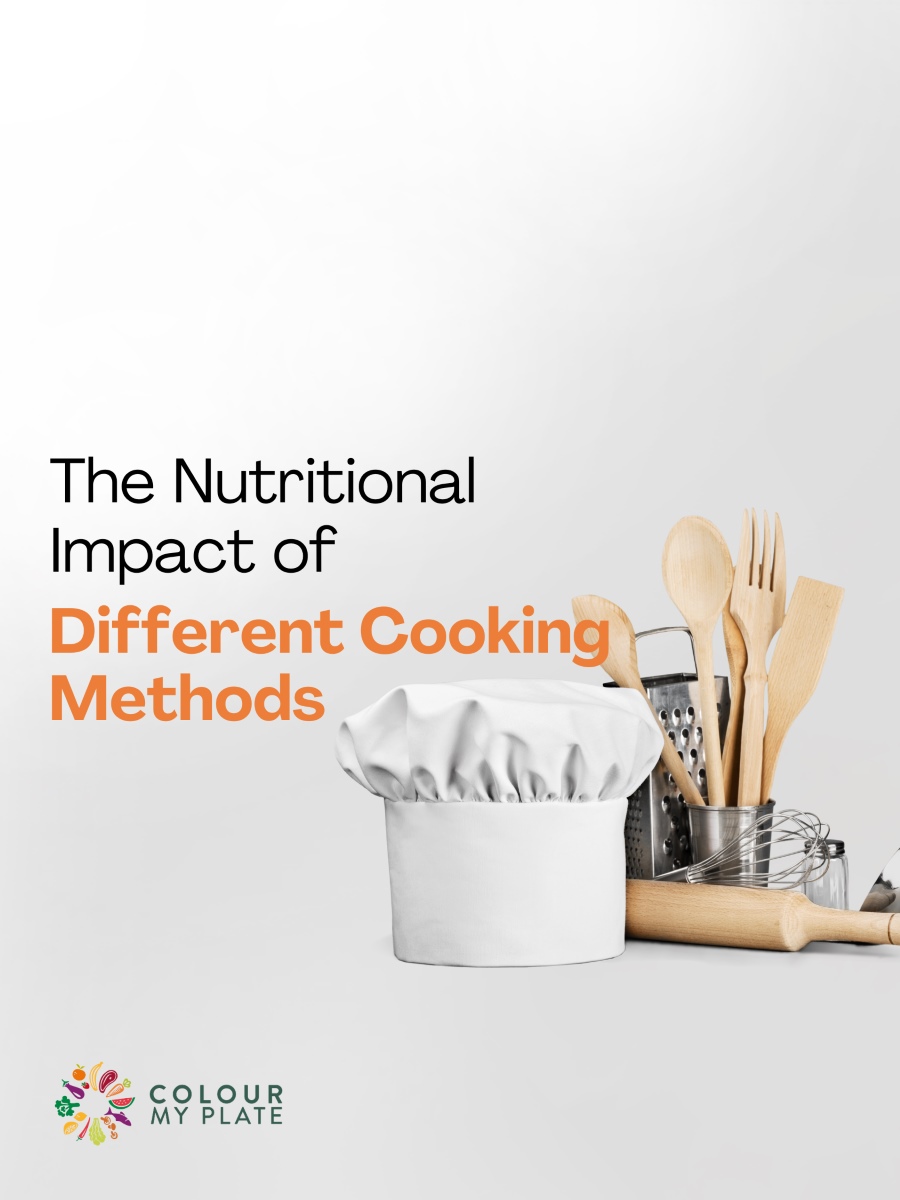
![]() 16 Oct 2024
16 Oct 2024
Did you know that how you cook your food can make or break its nutritional value? Some cooking methods preserve essential vitamins and minerals, while others can cause nutrient loss. By understanding the effects of different techniques, you can make healthier choices and get the most out of your meals.
Boiling is one of the most common cooking methods, but it can also lead to substantial nutrient loss, particularly for water-soluble vitamins like vitamin C and many B vitamins. When vegetables are boiled, these nutrients often leach into the water, reducing the food’s nutritional density. To minimize this loss, consider using the leftover cooking water in soups, broths, or sauces to reclaim some of the lost nutrients.
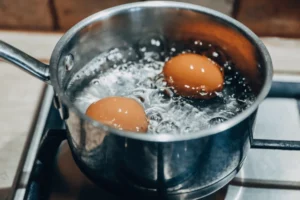
Steaming is a healthier alternative to boiling because it retains the majority of the food’s nutrients. Since the food isn’t submerged in water, vitamins like C and B are better preserved. This method is especially effective for vegetables, keeping their nutritional content intact while maintaining flavor and texture.
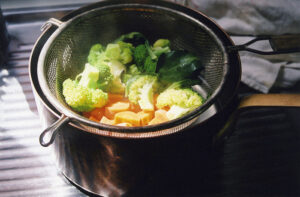
Grilling is popular for the smoky flavor it imparts, but it can also reduce certain nutrients, particularly B vitamins in meat and poultry. High temperatures can break down these vitamins, and grilling can produce harmful compounds like HCAs and PAHs, which are linked to health risks such as cancer. Using moderate heat and controlling cooking times can help reduce these risks while preserving more nutrients.

Roasting and baking involve cooking food with dry heat, enhancing flavor and texture while preserving most minerals. However, prolonged cooking times at high temperatures can reduce heat-sensitive vitamins like vitamin C. Using healthy fats like olive oil when roasting can improve the absorption of fat-soluble vitamins such as vitamins A, D, E, and K, making your meals both delicious and nutrient rich.

Sautéing and stir-frying are excellent methods for preserving both the flavor and nutrients in food. The short cooking time and high heat minimize nutrient loss, making this method particularly effective for vegetables, lean meats, and tofu. Stir-frying in healthy oils like olive not only adds flavor but also aids in the absorption of fat-soluble vitamins.
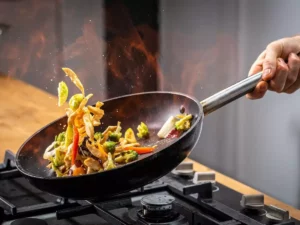
Frying is a cooking method that can make food crispy and flavorful, but it often comes at the expense of nutritional value. The high temperatures can destroy heat-sensitive vitamins, and frying adds significant fat and calories. Frying at very high temperatures or reusing oils can also lead to the formation of harmful compounds. While fried foods are tasty, they should be consumed in moderation to avoid potential health risks.

Poaching is a gentle method of cooking food in water or broth at low temperatures. Since poaching does not require high heat, it reduces the risk of destroying vitamins and minerals, making it an ideal choice for nutrient retention. This method is particularly useful for delicate foods like fish and eggs, helping them maintain their nutritional integrity.
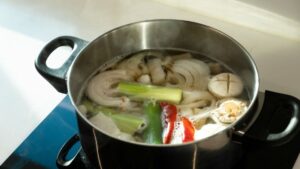
The way we cook our food plays a significant role in determining its nutritional content. Cooking methods like steaming, stir-frying, and poaching help preserve more nutrients compared to boiling or frying. By making small adjustments in how we prepare our meals, we can retain more of the vital vitamins and minerals necessary for good health—making our food not only more flavorful but also more nutritious. Next time you’re in the kitchen, try switching to nutrient-friendly techniques to make the most of your meals!

We noticed you haven't completed your delivery details.

Your message is sent